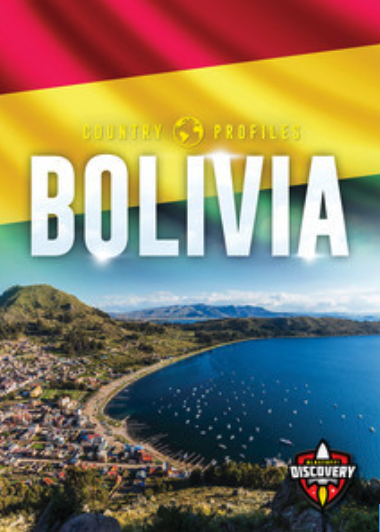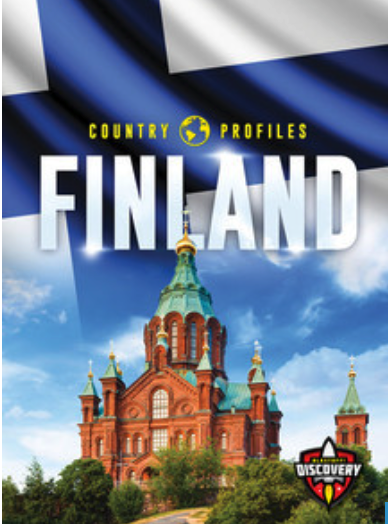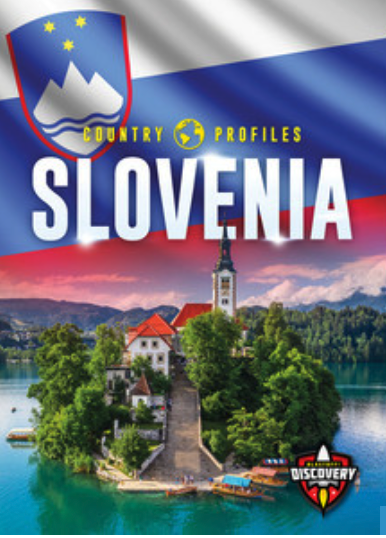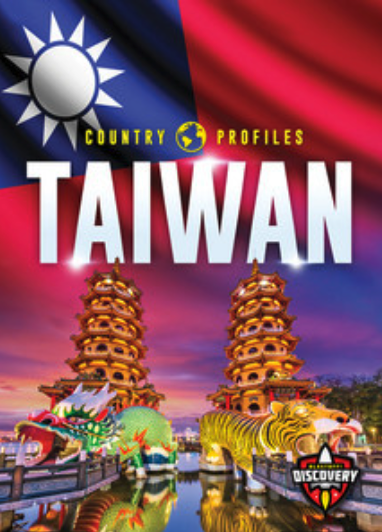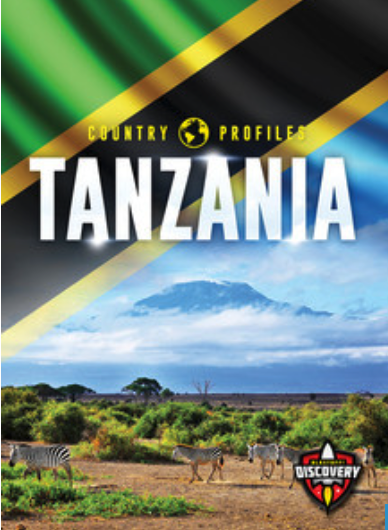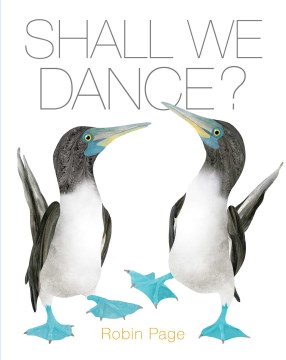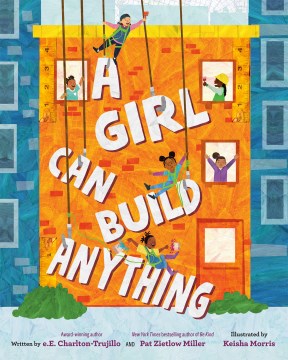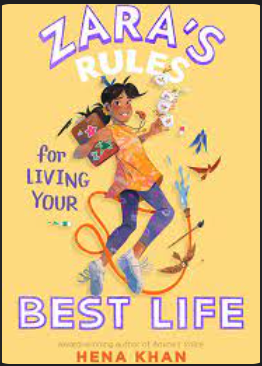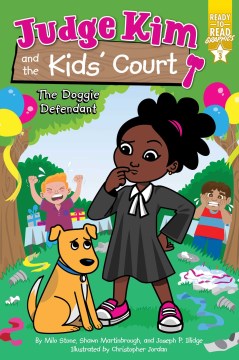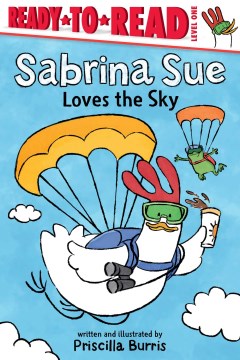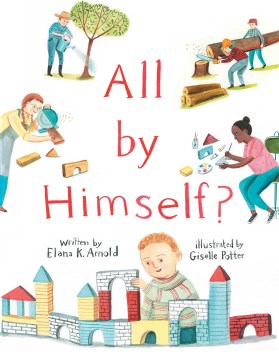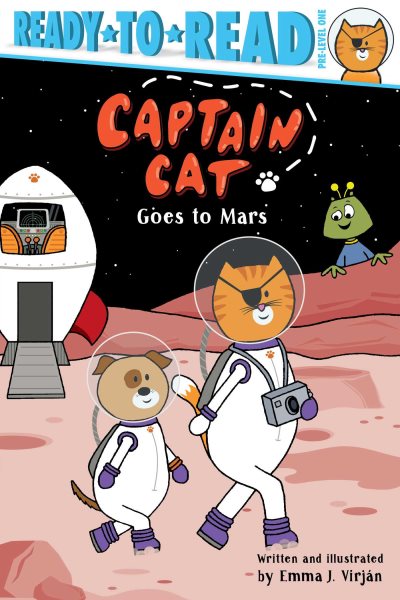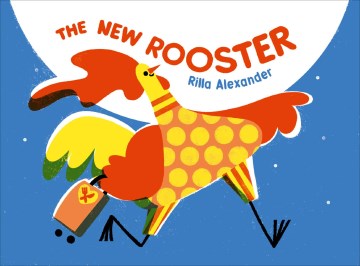By Elaine Vickers, Illustrated by Ana Aranda
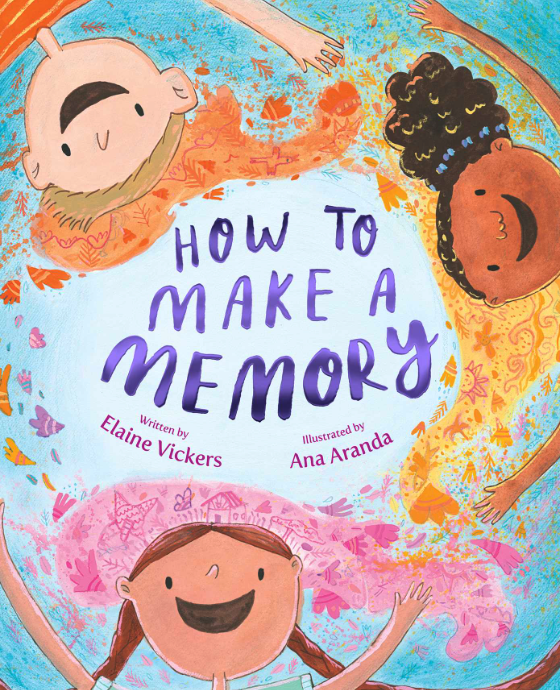
This adorably illustrated book encourages one to create memories in a variety of ways. It also gives examples of how to save these memories by writing them down, creating a picture or taking a photograph. One may remember memories just by hearing a few notes from a song or seeing something. The author also explains that there will be times when you cannot necessarily remember the entire memory or may forget all of it but that it’s okay to do so. In the end, the book encourages the reader to go out into the world knowing that these memories are a reminder of who they are, what they have endured and that one has the strength to overcome. This is a great read-a-like with “Oh the Places You’ll Go!” by Dr. Seuss.

